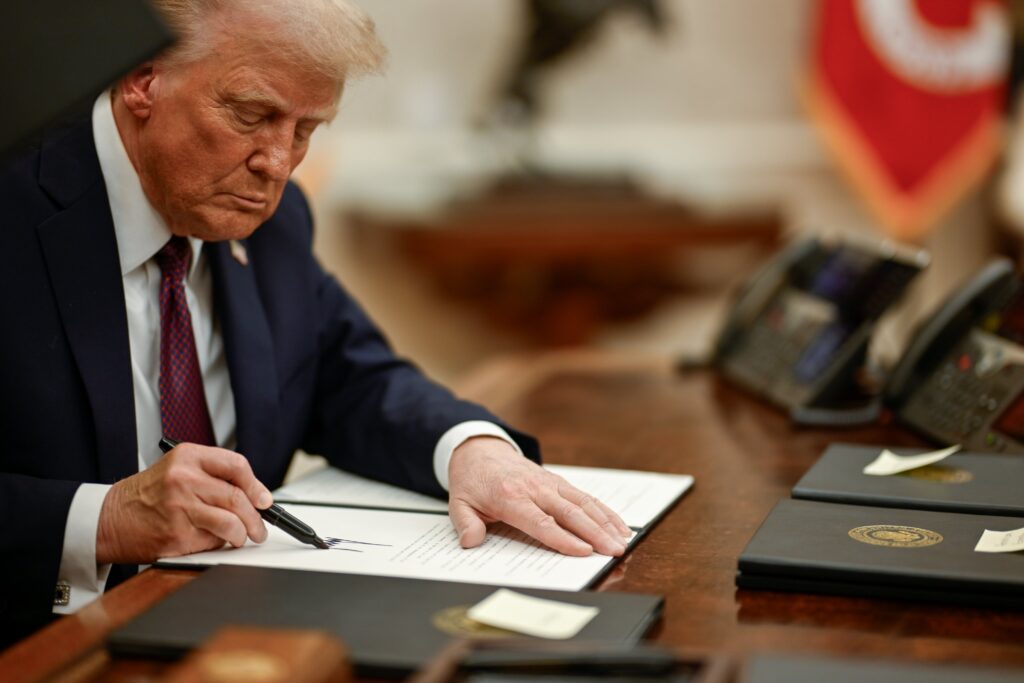The recent forthcoming announcement by US President Donald Trump regarding an up to $100,000 fee increase for H-1B visas has sent shockwaves through the technology sector and beyond.
This policy change, which proposes a 50-fold increase in the cost of skilled worker permits, caused immediate panic among the many Indian nationals currently reliant on these visas to work in the United States. Following widespread turmoil in the tech industry, the White House intervened, clarifying that the increased fee would apply only to new applications and would be a one-time charge.
Despite the attempts to quell the unrest, the H-1B visa program—a vital conduit for skilled labor from India to the US—is now facing an uncertain future. With Indian nationals historically representing over 70% of H-1B visa holders, the implications of this fee hike could be profound.
The impact extends to both nations: for India, the H-1B program has facilitated wage growth for countless individuals, bolstering the middle class and stimulating various domestic industries. In contrast, the US has benefited from an influx of skilled workers that has contributed significantly to its economy.
As Indian professionals dominate sectors ranging from technology to healthcare—where they comprise a significant portion of the workforce—the new fee structure raises fears of labor shortages in critical areas such as medicine, engineering, and tech innovation.
When looking at the numbers, many experts express concern over the median salaries of new H-1B employees, which in 2023 averaged $94,000, potentially rendering them unable to cover the new visa fee. This pricing shock could deter future talent inflow, creating vacancies in industries that are heavily reliant on skilled immigration.
Though the immediate effects may primarily be felt in India, such moves will also resonate within the US. Companies may be forced to revise their staffing approaches, turning to remote work and international contracts to sustain operations. This could result in longer-term issues surrounding healthcare access, technological advancement, and educational recruitment.
With Indian IT giants like TCS and Infosys already strategizing to build local contingents in response to such changes, the full scale of this policy’s repercussions remain uncertain. Industry leaders suggest that major corporations might devise ways to circumvent the new fee structure, revealing a potential loophole that could undermine the intended outcome of the policy.
Amid the complexities introduced by this decision, experts warn that the H-1B visa shake-up represents more than just an immigration fee—it poses a challenging test for the resilience and adaptability of US businesses and the national economy.

















